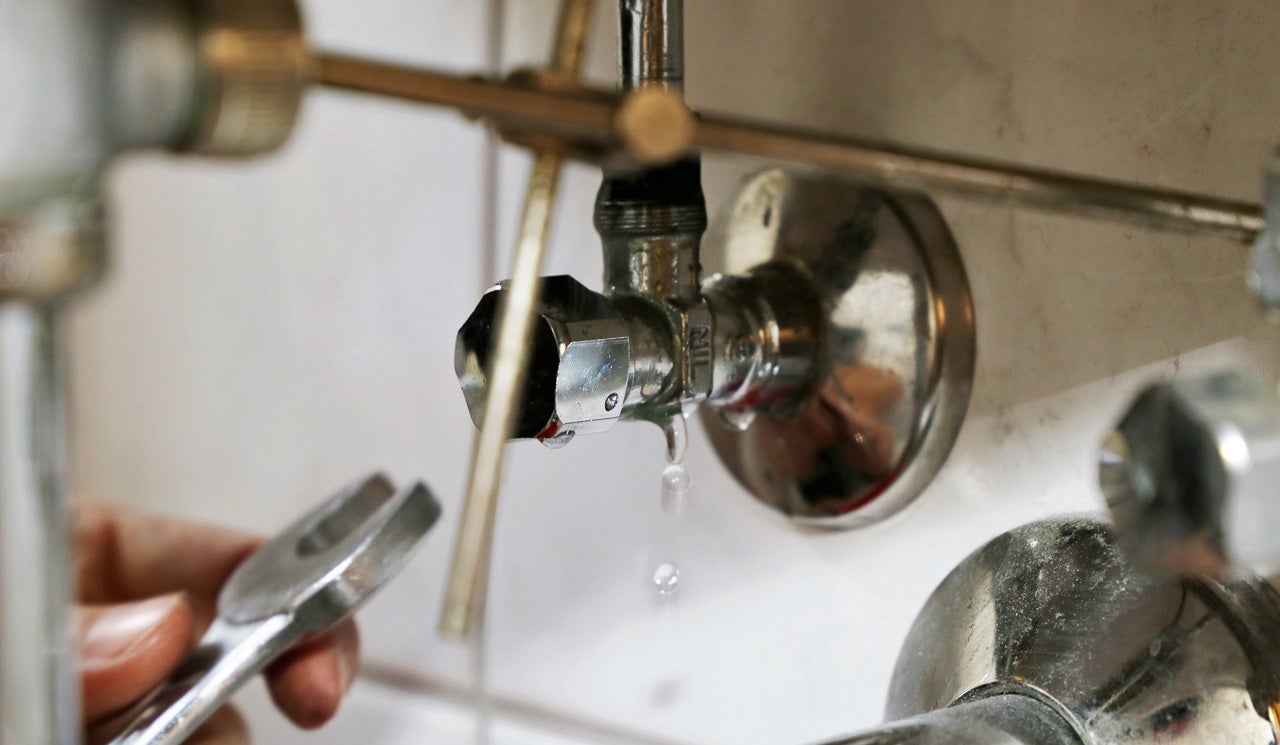Overview To Water Leak Detection In Your Home
Overview To Water Leak Detection In Your Home
Blog Article
The publisher is making a few good observations related to Detecting hidden plumbing leaks overall in this post further down.

Early discovery of dripping water lines can minimize a possible catastrophe. Some tiny water leaks may not be visible.
1. Check Out the Water Meter
Every residence has a water meter. Inspecting it is a proven manner in which aids you uncover leakages. For beginners, turn off all the water resources. Make certain no person will flush, use the faucet, shower, run the washing maker or dishwasher. From there, go to the meter as well as watch if it will change. Given that no one is utilizing it, there need to be no movements. If it moves, that suggests a fast-moving leak. If you spot no modifications, wait a hr or two and examine back once more. This means you may have a slow-moving leakage that could also be below ground.
2. Check Water Consumption
If you detect abrupt modifications, despite your intake being the same, it implies that you have leakages in your plumbing system. An abrupt spike in your expense indicates a fast-moving leak.
On the other hand, a constant boost on a monthly basis, even with the exact same practices, reveals you have a slow-moving leak that's additionally slowly intensifying. Call a plumber to completely check your residential or commercial property, specifically if you feel a cozy area on your floor with piping beneath.
3. Do a Food Coloring Test
When it comes to water intake, 30% comes from commodes. If the color in some way infiltrates your bowl throughout that time without flushing, there's a leakage in between the container and bowl.
4. Asses Exterior Lines
Do not neglect to check your outdoor water lines also. Needs to water leak out of the link, you have a loose rubber gasket. One little leakage can squander tons of water and surge your water expense.
5. Inspect and Evaluate the Situation
House owners should make it a practice to check under the sink counters as well as even inside cupboards for any bad odor or mold and mildew growth. These 2 warnings suggest a leak so punctual interest is required. Doing regular assessments, also bi-annually, can save you from a major trouble.
Examine for discolorations as well as damaging as most pipelines and appliances have a life expectancy. If you think dripping water lines in your plumbing system, don't wait for it to rise.
Early discovery of dripping water lines can mitigate a prospective catastrophe. Some little water leakages may not be visible. Checking it is a guaranteed method that aids you discover leaks. One small leakage can lose bunches of water as well as surge your water expense.
If you presume dripping water lines in your plumbing system, do not wait for it to intensify.
WARNING SIGNS OF WATER LEAKAGE BEHIND THE WALL
PERSISTENT MUSTY ODORS
As water slowly drips from a leaky pipe inside the wall, flooring and sheetrock stay damp and develop an odor similar to wet cardboard. It generates a musty smell that can help you find hidden leaks.
MOLD IN UNUSUAL AREAS
Mold usually grows in wet areas like kitchens, baths and laundry rooms. If you spot the stuff on walls or baseboards in other rooms of the house, it’s a good indicator of undetected water leaks.
STAINS THAT GROW
When mold thrives around a leaky pipe, it sometimes takes hold on the inside surface of the affected wall. A growing stain on otherwise clean sheetrock is often your sign of a hidden plumbing problem.
PEELING OR BUBBLING WALLPAPER / PAINT
This clue is easy to miss in rooms that don’t get much use. When you see wallpaper separating along seams or paint bubbling or flaking off the wall, blame sheetrock that stays wet because of an undetected leak.
BUCKLED CEILINGS AND STAINED FLOORS
If ceilings or floors in bathrooms, kitchens or laundry areas develop structural problems, don’t rule out constant damp inside the walls. Wet sheetrock can affect adjacent framing, flooring and ceilings.
https://www.servicemasterbyzaba.com/blog/how-to-detect-water-leakage-in-walls/

I am just very excited about Top leak detection hacks and I'm hoping you enjoyed our entry. Do you know somebody else who is fascinated by the subject? Please feel free to promote it. I thank you for reading our article about Finding hidden leaks.
Report this page